It is back-to-school time and I would like to wave the summer goodbye in the gentlest way possible, featuring Cartas y Atardeceres (Letters and Sunsets) by Diango Hernández. The ongoing project exists online. The artist sources photographs of modern architecture and superimposes his characteristic graphic waves inspired by letters as a literary genre as well as actual letters from relevant personalities.
“This is a project proposal, a sort of collage. Something I am currently developing which involves buildings that I consider remarkable. Special places that my imaginary letters just activate.”
Diango Hernández was born in 1970 in Sancti Spíritus, Cuba, where he studied industrial design. His path changed when he opted for an artistic career and decided to travel abroad, before settling in Düsseldorf, Germany, where he currently lives and works. His work includes drawings, paintings and sculpture depicting colourful sea waves, tropical fruits, sunsets and birds. These reduced graphic marks of Latin American motifs border the commonplace and yet they are doorways to a conversation about colonial heritage, the costal breeze, the light by the seaside and the fluid cross between reality and fiction.
I came across the project through Instagram, where the artist shares some of his works, and this prompted our personal correspondence…
Dear Diango,
My name is Marina and yesterday night we had a brief exchange on Instagram, when you shared a photograph of the complex La Muralla Roja in Calpe from your Cartas y Atardeceres project. I had seen other posts that you had shared of buildings in Japan and thought they were real. Thanks for clarifying! The truth is that the project, although unrealized, does not lose any merit. I think it actually gains on poetic charge. I have tried to find information about it on your web page but I have not found it. I would love to know more, if possible.
Best regards,
Marina
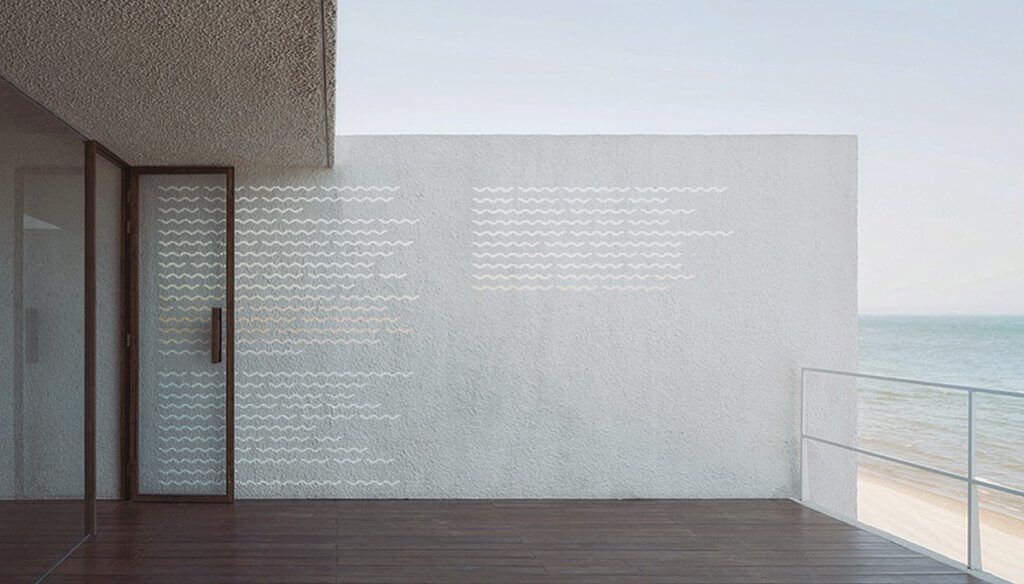
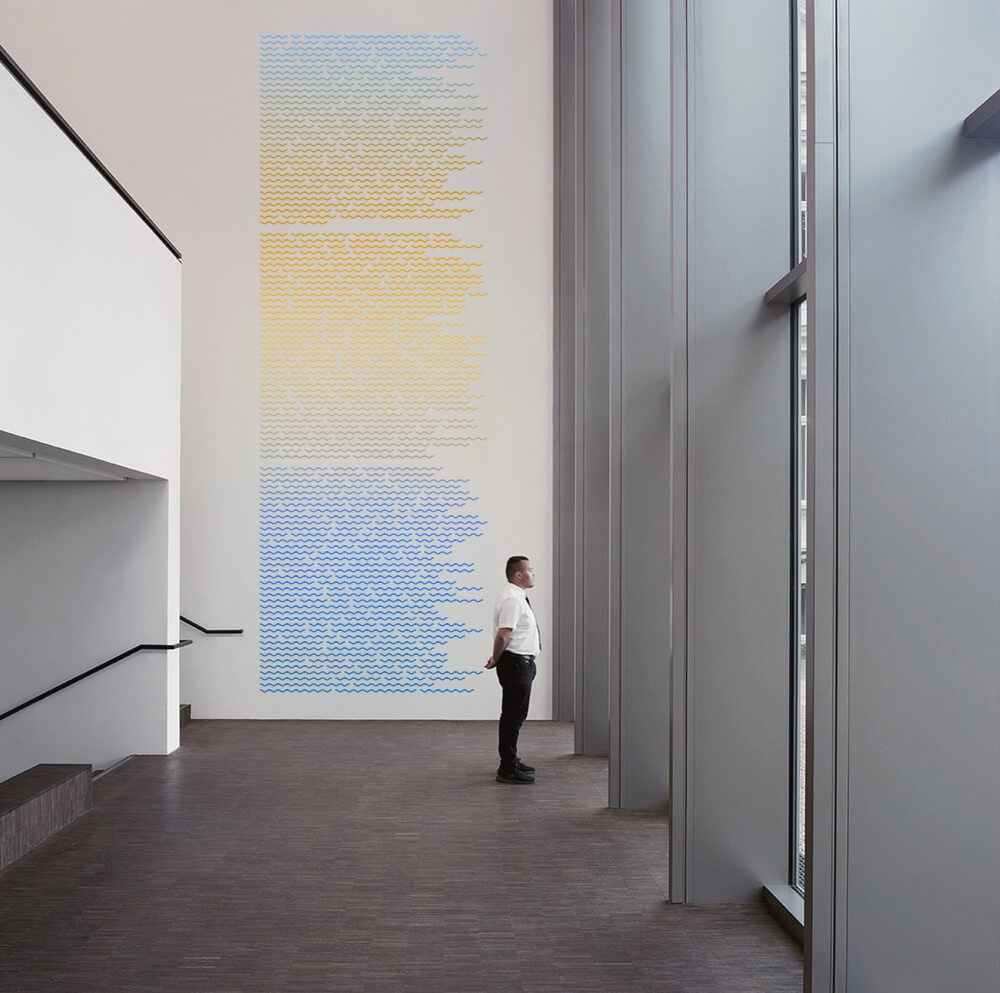
How are you Marina ?!
I love that you like this project. It is rather ‘silent‘ but social media, which is something that motivates me and interests a lot, is perfect for this kind of reflection. The limits of fiction and therefore of the real dissolve more and more each day, today the ‘Here and Now’ is more a ‘There and then’. Everything reminds us of something else.
Cartas y Atardeceres [Letters and Sunsets] is my will to use art within the image as a marker; something that activates an image and invites us to look at it again. I also believe that there is always a small space available for art, a corner, a step or a wall.
P.S: I have taken the images from the web and many lack photographic credit. I warn you, shoult you have problems with that. Here I send you a few.
Thank you so much for your interest and sensitivity!
Diango
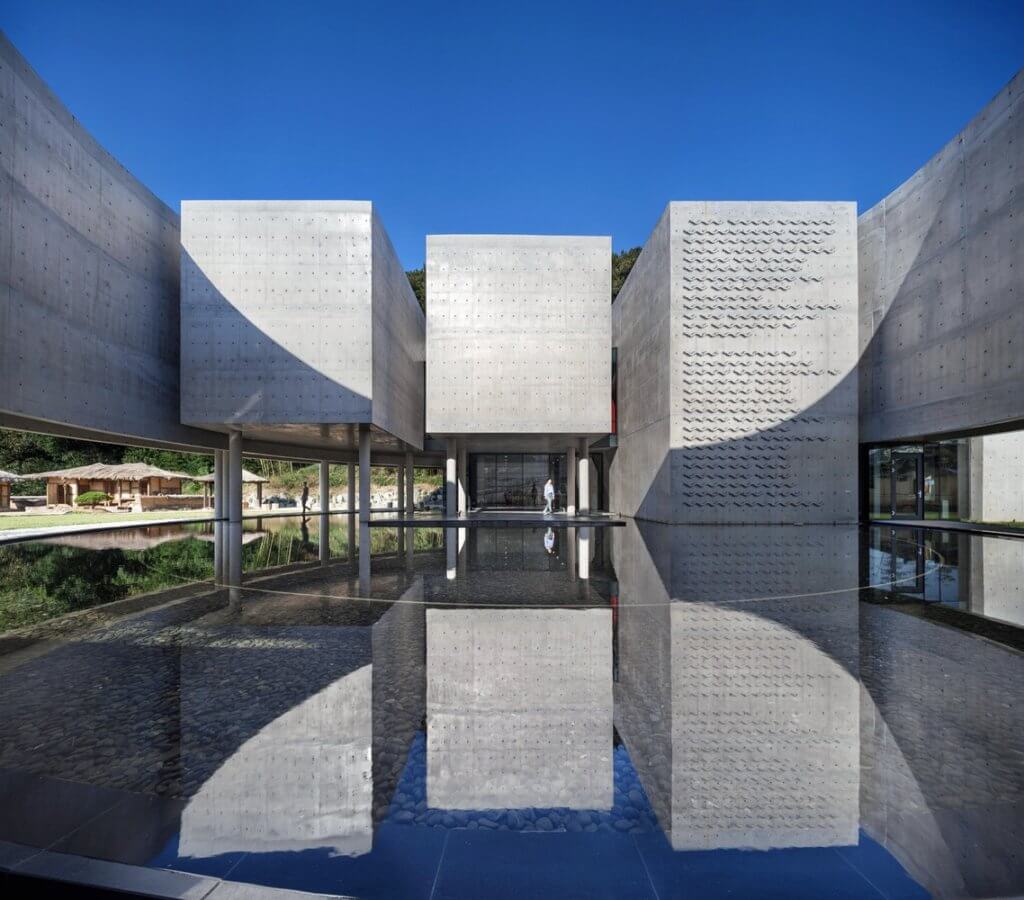
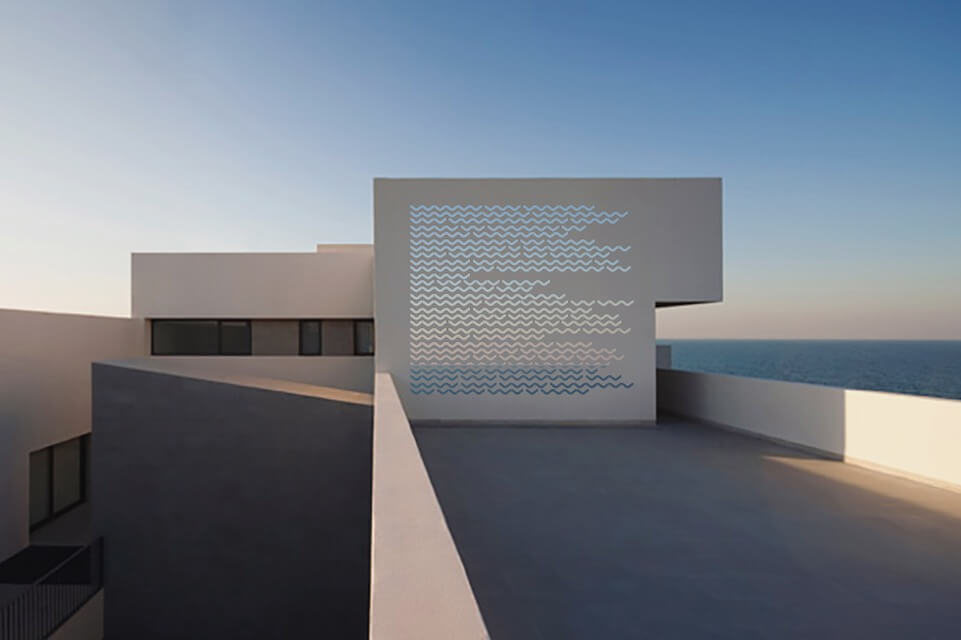
Thank you Diango!
I will publish them with pleasure. And thanks for letting me know regarding the credits. May I ask you a question? When you refer to these paintings as letters, do you have in mind literary references or personal writings that translate into pages of waves? Or do you write in waves in the same way that you paint them on a canvas or paper?
Best,
Marina
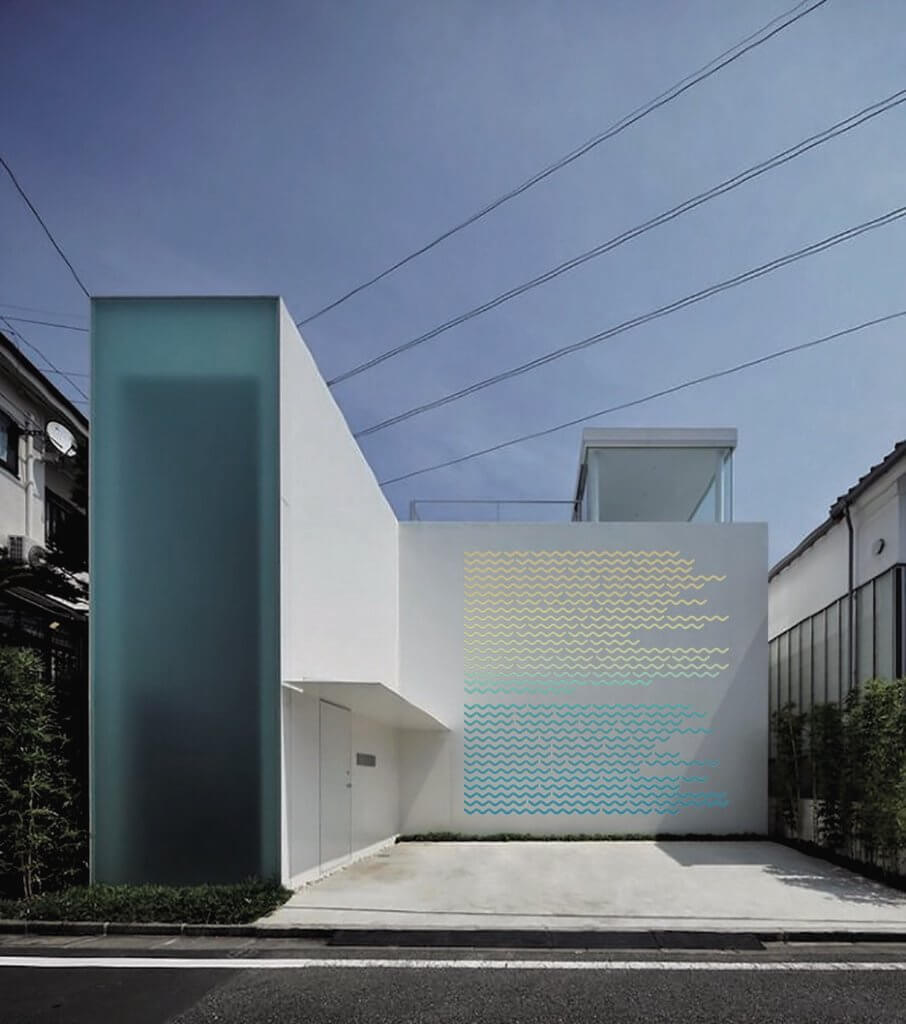

Super! The letter or missive as a literary genre interests me a lot. The basis of all these works are letters of all kinds: love, farewell, friendship or just story-telling. Many are also political or have been written by personalities. As for example, Che’s farewell letter to Fidel or José Martí to his friend Manuel Mercado.
“My dearest brother, I can write now. I can now tell you with what tenderness and gratitude and respect I love you, and to that house that is mine, and my pride and obligation. I am in danger of giving up my life for my country every day because it is my duty, because I understand it and I have the courage to do it. To prevent, in time, with the independence of Cuba, that they spread throughout the Antilles the United States and fall, with that force, on our lands of America. Everything I have done until today, and I will continue to do, is for that. It has had to be done in silence, and indirectly, because there are things that to be successful must be hidden.”
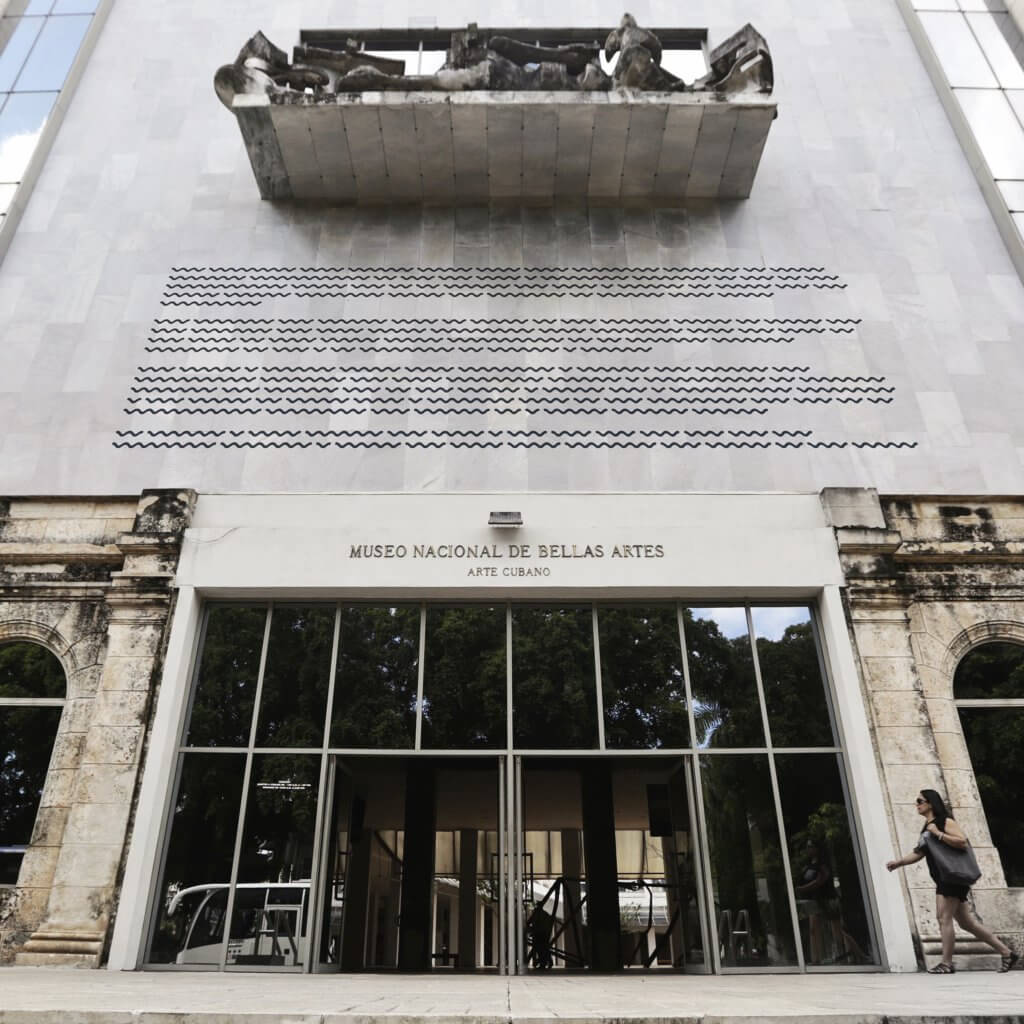
Manuel Antonio Mercado was a dear friend of José Martí since 1875, year when Martí had moved from Cuba to Mexico. Almost two decades later, on May 18th 1895, hours before José Martí was gunned down by Spaniard troops while fighting for Cuba’s Independence during the Battle of Dos Ríos, he wrote a letter to Mercado expressing his final thoughts to gain Cuba’s Independence. Martí’s letter was published posthumously.
Thank you Diango.
I was reading today a lot about Marti’s life and ideas. I found it fascinating. I must say, Spanish schools don’t teach much about their colonial past sadly.
I will include this excerpt in the article. This one is rich in personal, political and historical implications. If there are other letters that you find you would like to see the images together with, maybe with a different tone: romantic, anonymous, inspirational, etc… Please feel free to let me know.
Thank you so much for your openness.
Marina
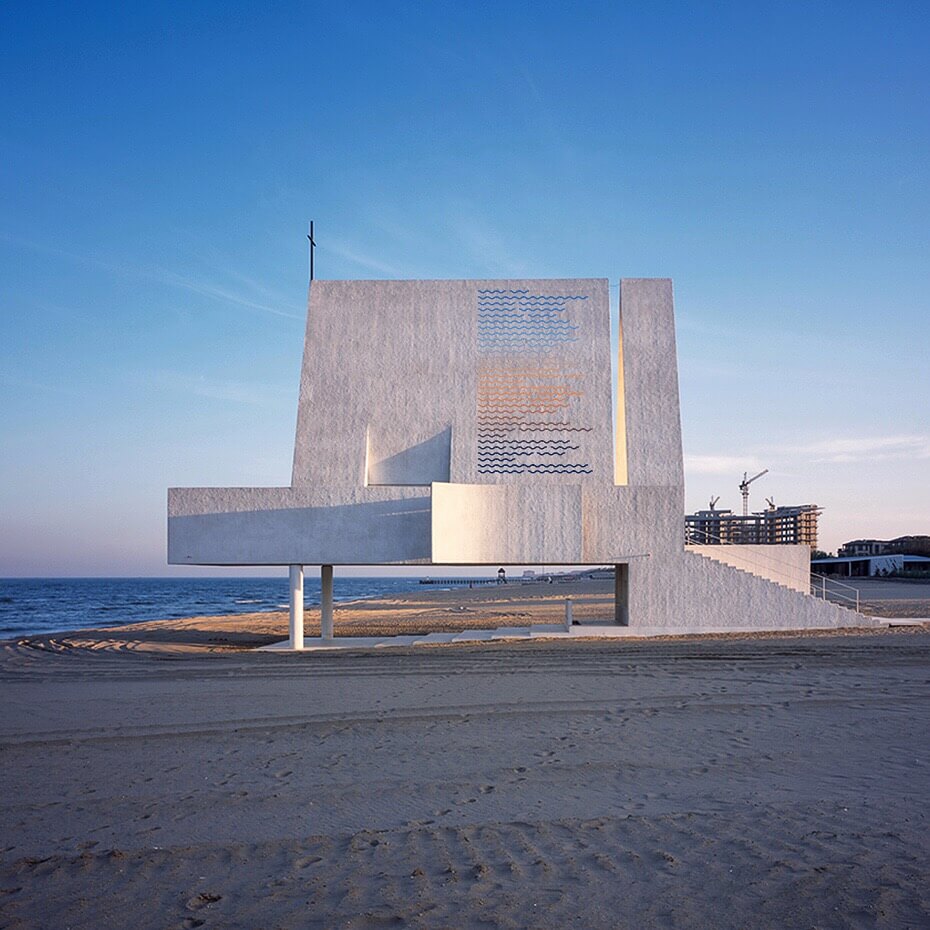
Dear yes, that’s from Martí to Mercado. Indeed, there’s so much to read and learn from such kind heart!
Use the material in the way you like it. I am totally open regarding writers, somehow is my weak point.
Thank you so much for everything! Your blog is tremendous, love it! I think I even took images from it once….
P.S: This is a letter I have used in several projects. It is from John Steinbeck to his son.
Good luck.
D
*****
New York
November 10, 1958
Dear Thom:
We had your letter this morning. I will answer it from my point of view and of course Elaine will from hers.
First — if you are in love — that’s a good thing — that’s about the best thing that can happen to anyone. Don’t let anyone make it small or light to you.
Second — There are several kinds of love. One is a selfish, mean, grasping, egotistical thing which uses love for self-importance. This is the ugly and crippling kind. The other is an outpouring of everything good in you — of kindness and consideration and respect — not only the social respect of manners but the greater respect which is recognition of another person as unique and valuable. The first kind can make you sick and small and weak but the second can release strength in you and courage and goodness and even wisdom you didn’t know you had.
You say this is not puppy love. If you feel so deeply — of course it isn’t puppy love.
But I don’t think you were asking me what you feel. You know better than anyone. What you wanted me to help you with is what to do about it — and that I can tell you.
Glory in it for one thing and be very glad and grateful for it.
The object of love is the best and most beautiful. Try to live up to it.
If you love someone — there is no possible harm in saying so — only you must remember that some people are very shy and sometimes the saying must take that shyness into consideration.
Girls have a way of knowing or feeling what you feel, but they usually like to hear it also.
It sometimes happens that what you feel is not returned for one reason or another — but that does not make your feeling less valuable and good.
Lastly, I know your feeling because I have it and I’m glad you have it.
We will be glad to meet Susan. She will be very welcome. But Elaine will make all such arrangements because that is her province and she will be very glad to. She knows about love too and maybe she can give you more help than I can.
And don’t worry about losing. If it is right, it happens — The main thing is not to hurry. Nothing good gets away.
Love,
Fa
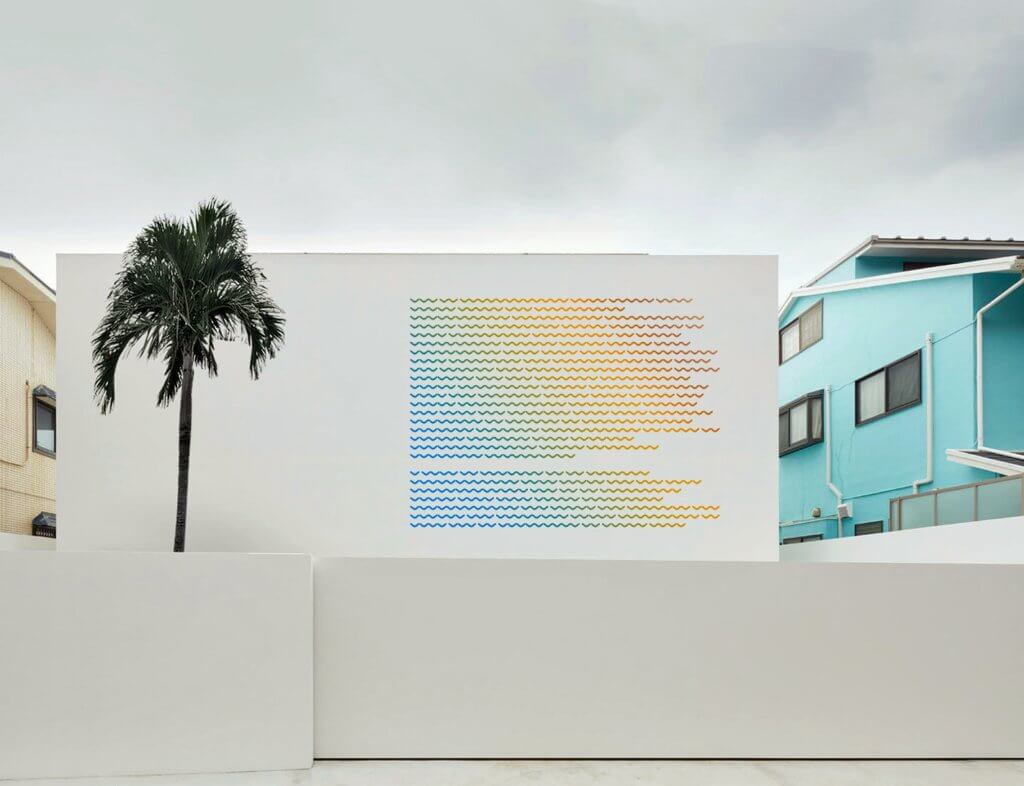
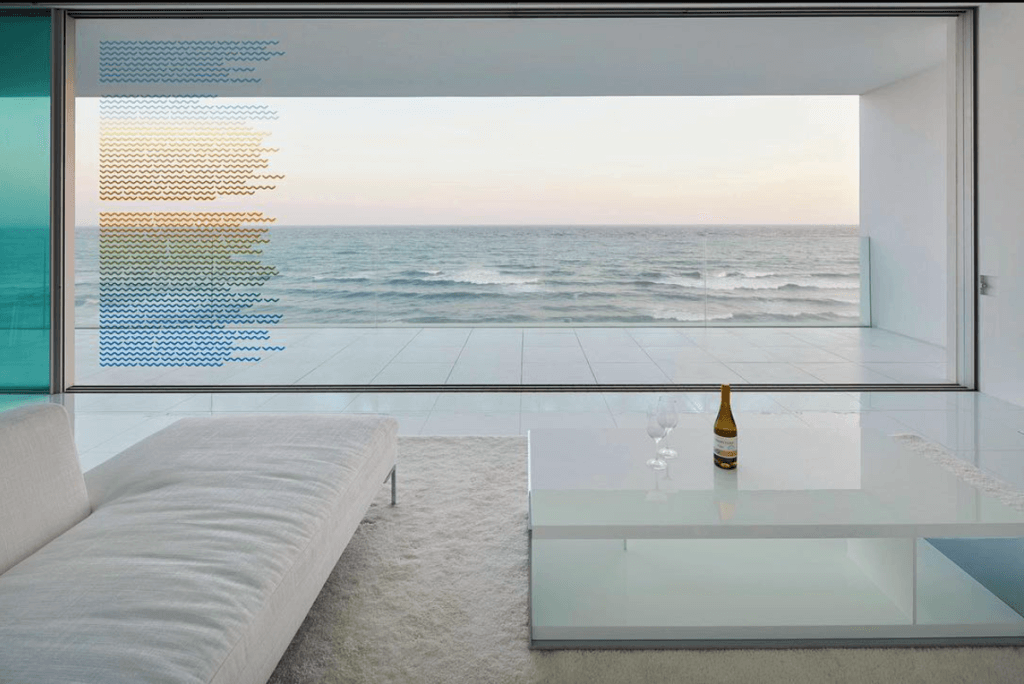
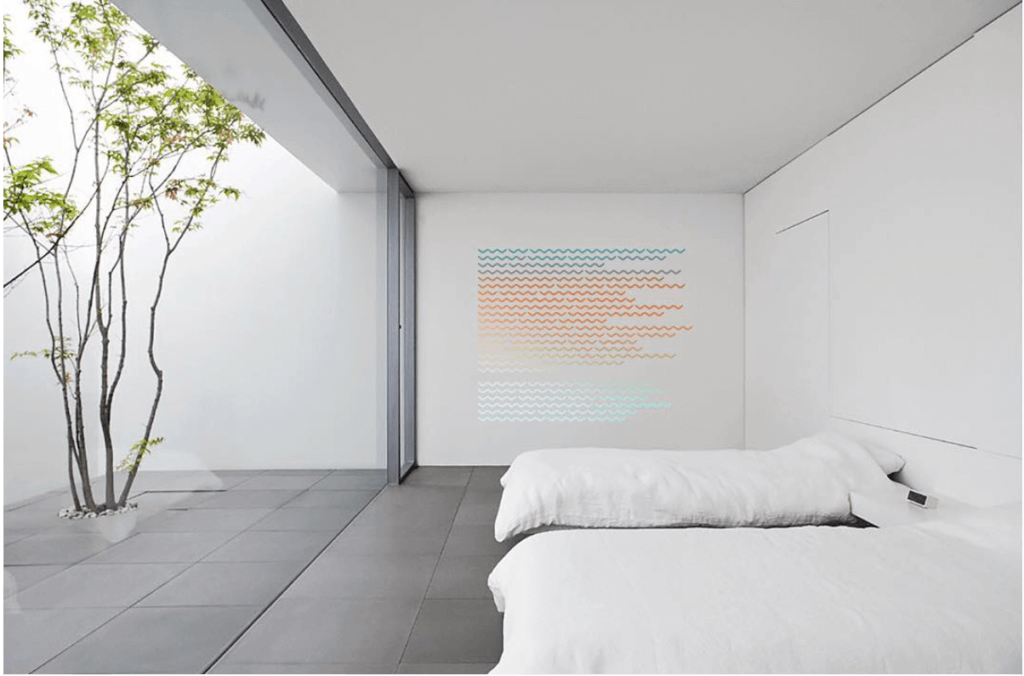

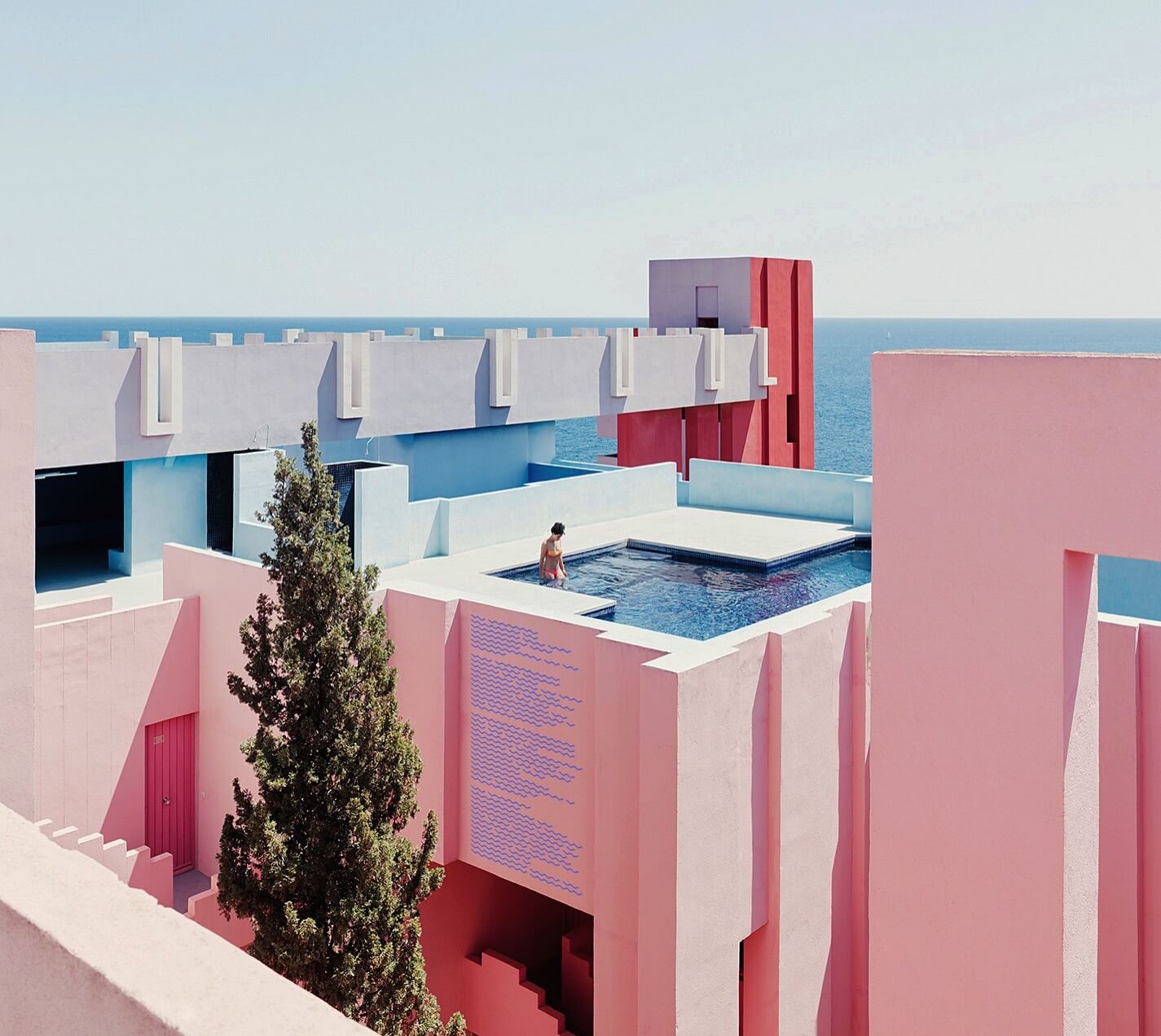
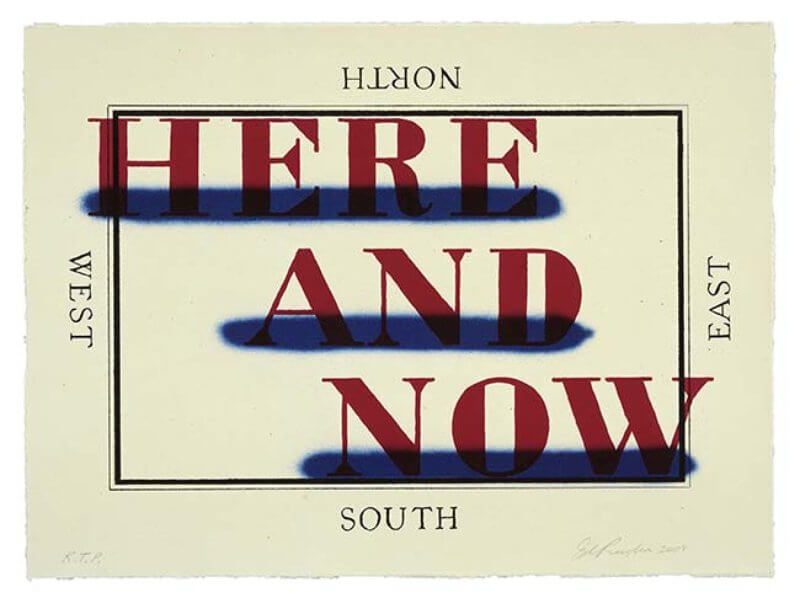

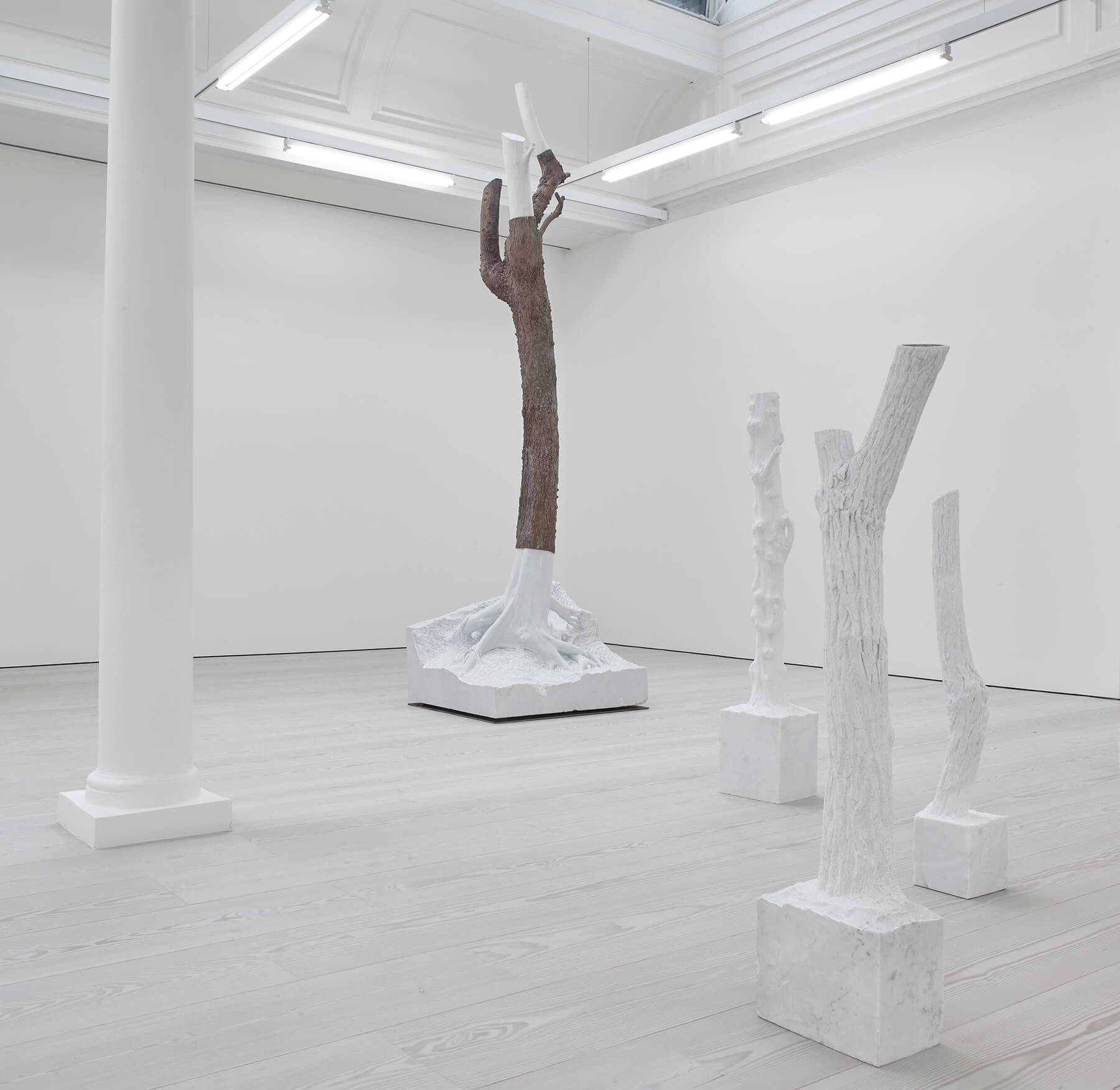
2 Comments
I love everything about this entry.
Thank you Chiara!